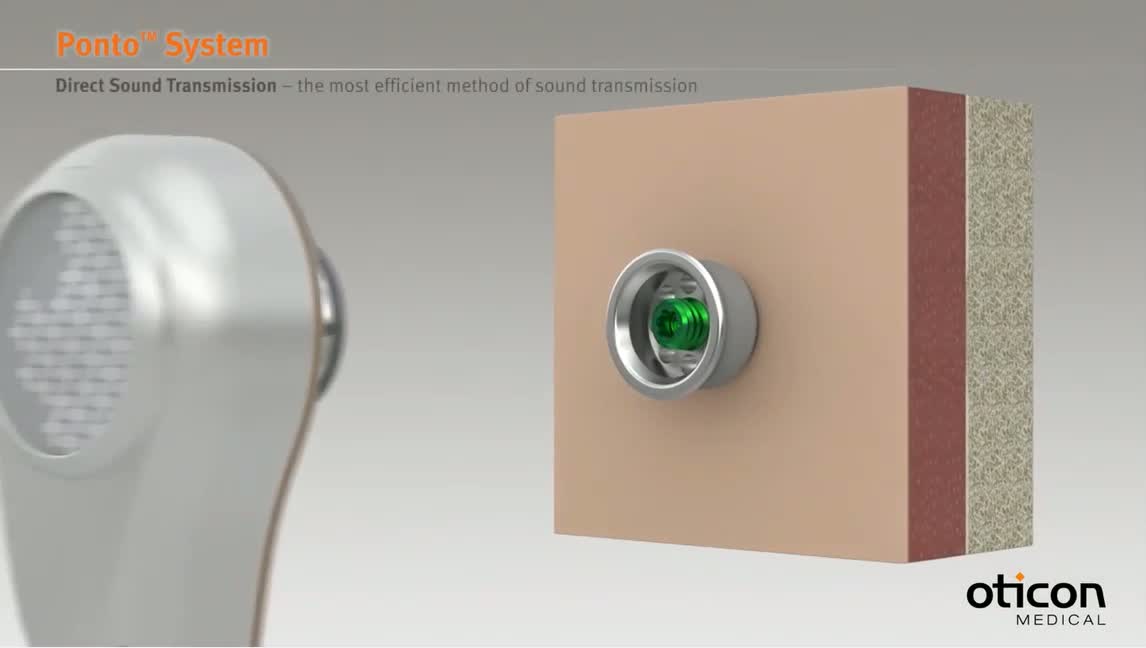Abstract
Introduction
Video-assisted thoracic surgery (VATS) lung resections are complex procedures with a critical role played by endoscopic staplers in the transection of vessels, bronchi, and lung tissue. This retrospective, observational study compared hospital resource use, costs, and complications of VATS lobectomy procedures for whom powered versus manual endoscopic surgical staplers were used.
Methods
Patients ≥ 18 years of age undergoing elective VATS lobectomy during an inpatient admission from January 1, 2012 to September 30, 2016 were identified from the Premier Healthcare Database (first admission = index admission). Use of either powered or manual endoscopic staplers during the index admission was identified from hospital administrative records. Multivariable regression analyses adjusting for patient, hospital, and provider characteristics and hospital-level clustering were carried out to compare the following outcomes between the powered and manual stapler groups: hospital length of stay (LOS), operating room time (ORT), hospital costs, complications (bleeding and/or transfusions, air leak complications, pneumonia, and infection), discharge status, and 30-, 60-, and 90-day all-cause readmissions.
Results
The powered and manual stapler groups comprised 659 patients (mean age 66.1 years; 53.6% female) and 3100 patients (mean age 66.7 years; 54.8% female), respectively. In the multivariable analyses, the powered stapler group had shorter LOS (4.9 vs. 5.9 days, P < 0.001), lower total hospital costs ($23,841 vs. $26,052, P = 0.009), and lower rates of combined hemostasis complications (bleeding and/or transfusions; 8.5% vs. 16.0%, P < 0.001) and transfusions (5.4% vs. 10.9%, P = 0.002), compared with the manual stapler group. Other outcomes did not differ significantly between the study groups. Similar trends were observed in subanalyses comparing devices across predominant manufacturers in each group, and in subanalyses of patients with comorbid chronic obstructive pulmonary disease.
Conclusion
In this analysis of VATS lobectomy procedures, powered staplers were associated with significant benefits with respect to selected types of hospital resource use, costs, and clinical outcomes when compared with manual staplers.
Funding
Johnson & Johnson.
from #ORL-AlexandrosSfakianakis via ola Kala on Inoreader https://ift.tt/2vgnH03


